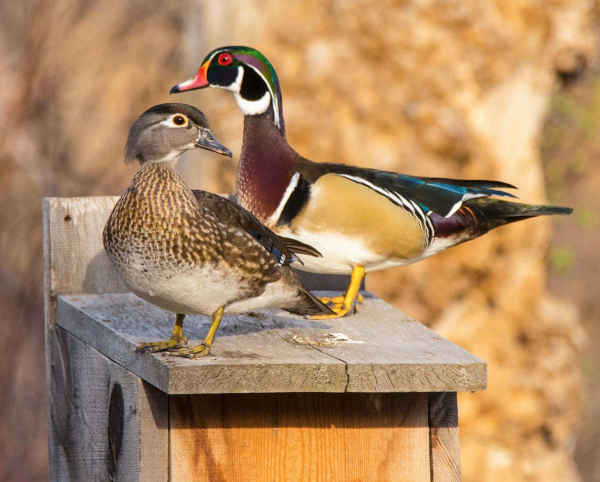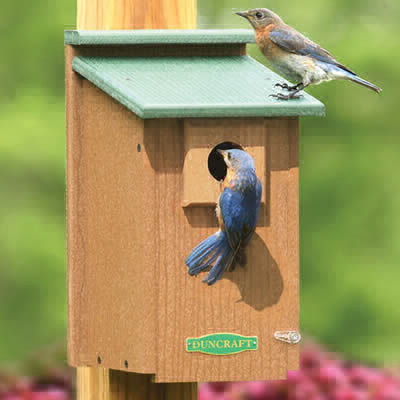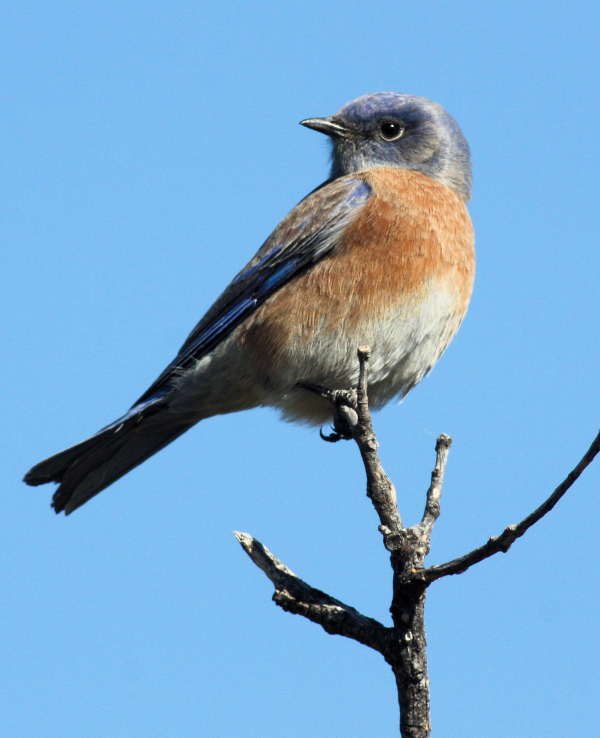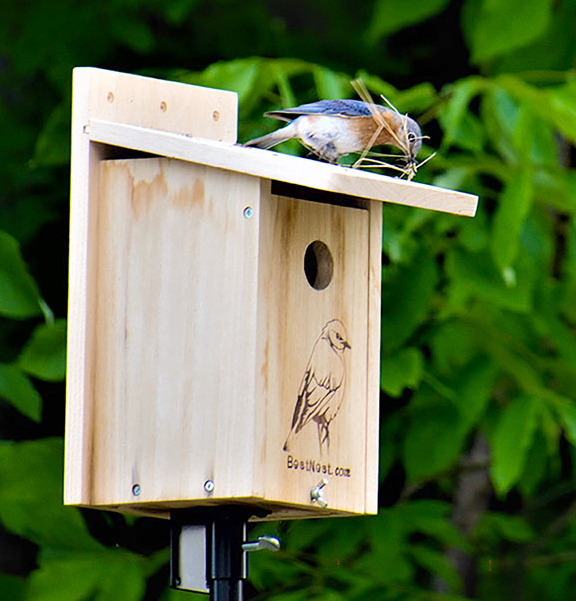Watch a California Condor Chick Grow Up– Live

Cornell Lab Bird Cams site provides a unique view of endangered speciesthaca, NY & Los Padres National Forest, CA— For the third year in a row the public has a unique opportunity to get up-close and personal with a California Condor chick through livestreaming video of a nest. The chick and its parents live in the remote mountains near Hopper Mountain National Wildlife Refuge (NWR) in Ventura County, California. The camera was made live for the public today by the U.S. Fish and Wildlife Service along with partners, including the Cornell Lab of Ornithology which will carry the live camera on its Bird Cams website.
“We are excited to share with the world another view into a California Condor nest, and allow the public a glimpse into the day-to-day activities of these amazing birds,” said Joseph Brandt, supervisory wildlife biologist with the U.S. Fish and Wildlife Service’s (USFWS) Hopper Mountain NWR. “The livestreaming nest camera allows people from around the world to personally connect with these magnificent and endangered birds and learn what is needed to save them.”
Female condor #513 and her mate, male #206, are raising their single chick tagged #871, 50 days old as of today. This is their third attempt at nesting together although this is the first year they are featured on the Cornell Lab Bird Cams site.
“Webcam viewers will see the rich social interactions of these intelligent birds, such as the two adults sharing parental duties, and their interactions with each other and the chick,” said Dr. Estelle Sandhaus, director of conservation and research at the Santa Barbara Zoo. “Condor chicks actually engage in ‘play’ by pouncing on and grabbing feathers and sticks, for instance. It’s a thrill to watch the chick grow, learn, and play under the watchful eyes of its dedicated parents.”
Last year’s livestreaming video of a California condor chick hatching gained worldwide attention–nearly 1 million views from 150 countries amounting to 36 years of watching time.
“Last year’s live condor cam at Kofords Ridge gave tens of thousands of viewers across the world their first close up view of what it takes to raise a condor,” says Cornell Bird Cams leader Charles Eldermire. “This year, we’re excited to introduce a different condor family, trying for their first successful nest on the open cliffs of Devils Gate.”
Unfortunately the chick featured on last year’s nest camera died due to unknown causes, but biologists and other conservation partners are hopeful for a successful year of California Condor breeding, with at least 11 active nests in California.
The number of California Condors dropped dramatically in the mid-20th century, leading the USFWS to designate the species as endangered under the Endangered Species Act. By 1987 there were only 22 of the iconic birds left in the wild. Today there are approximately 276 California Condors living in the wild, with another 200 in captive breeding populations. The birds do still face threats to their existence, with lead poisoning as the leading cause of wild California Condor deaths. California Condors, and their chicks, ingest the lead after feeding on carcasses of animals shot with lead bullets.
Another threat specific to condor nests is “micro trash.” Micro trash are small coin-sized trash items such as nuts, bolts, washers, copper wire, plastic, bottle caps, glass, and spent ammunition cartridges. Condor parents collect these items and feed them to their chick which can cause serious problems with the chick’s development. Although it is not completely understood why this occurs, many biologists believe that the condor parents mistake these items for pieces of bone and shell which provide a source of calcium if fed to the chick.
“Nest cameras like this one were first used as a management tool to help biologists monitor the nests for problems, such as lead poising and micro trash ingestion, so that we could intervene on behalf of the chicks if needed,” said Brandt. “After watching the footage we realized that it was also an incredible opportunity to show the world just how caring and attentive condor parents can be, not to mention the comical behaviors of the chicks.”
Conservation efforts toward the recovery of the California Condor are achieved thanks to partnerships among federal, state and private agencies. The Hopper Mountain NWR nest camera is made possible through the financial and technical support of the U.S. Fish and Wildlife Service, Santa Barbara Zoo, Cornell Lab of Ornithology, the Western Foundation of Vertebrate Zoology, Disney Worldwide Conservation Fund, and Friends of California Condors Wild and Free.
For answers to commonly asked questions about the California Condor nest camera, the chick, and its parents visit https://www.allaboutbirds.org/







